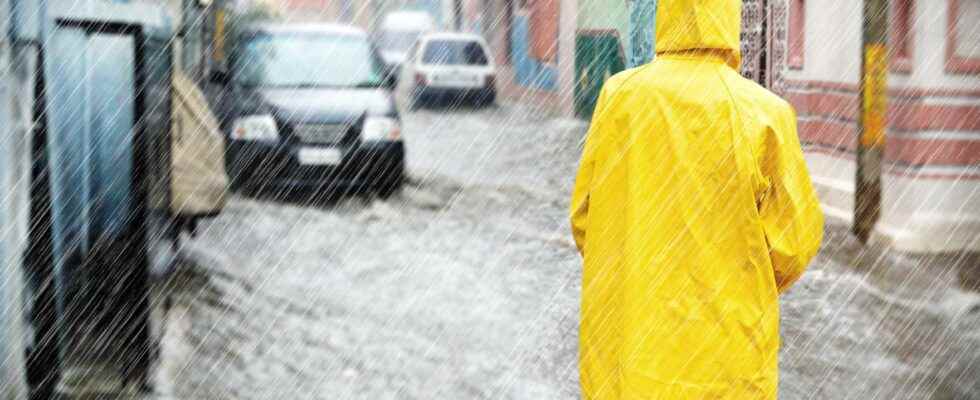With ongoing global warming, will we see more and more extreme and unusual events such as droughts or floods? What are the current trends?
You will also be interested
[EN VIDÉO] Warming: the sea rises under the eye of the CLS satellites Sea levels are rising at an average rate of 3.3 mm per year and could, according to some experts, rise by several meters in the distant future. In order to understand this phenomenon, CLS, a branch of Cnes, carries out numerous observations by satellite which we invite you to discover here in video.
Extreme weather events related to climatology, such as floods and the droughts, are, by definition, unusual events. It is therefore difficult to know whether these extreme phenomena will multiply and intensify in the future, with the climate change. However, the observations lead scientists to believe that an increase in the frequency and magnitude of these events is likely, if not very likely.
Heat waves and heatwaves
Observations made over the past 50 years show a trend towards heat. Since the middle of the XXe century, these observations indicate an increase in the number of hot nights and a decrease in the number of cold nights. At the same time, the increase in extremes of heat is greater than that of extremes of cold.
The increase in these extremes in favor of more heat therefore very likely implies a greater number of waves of heat and heat waves.
Droughts and floods
Observations also show the intensification of precipitation at mid-latitudes. Thus, the Palmer Drought Index (PDSI for Palmer Drought Severity Index) indicates a 50-year drought trend in Africa, northern Latin and North America, and southern Eurasia.
Conversely, the southeastern United States and South America, as well as the Urals and Scandinavia are wetter.
Scientists believe that the intense rainfall events will very likely be more frequent in the future and that the surfaces affected by the droughts will probably expand.
Interested in what you just read?
